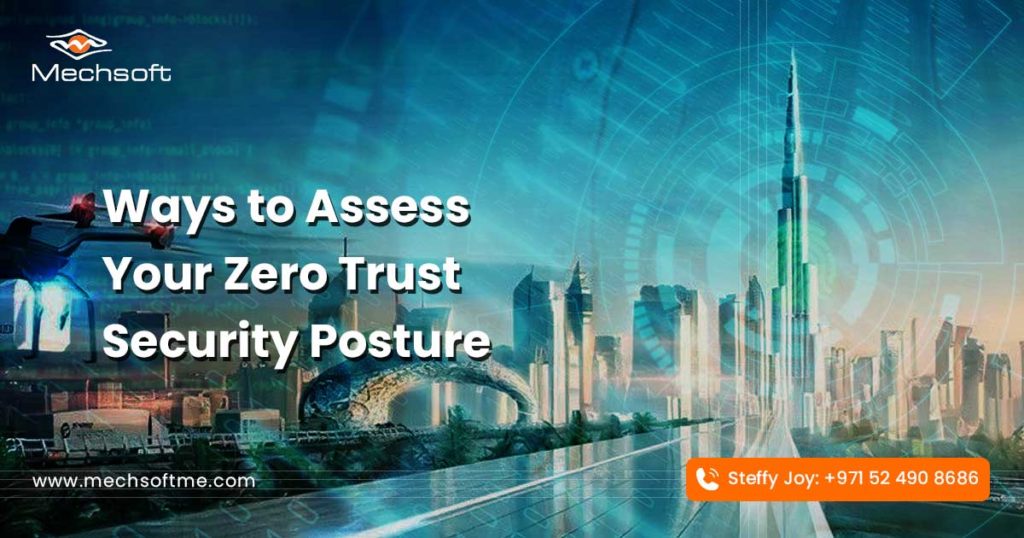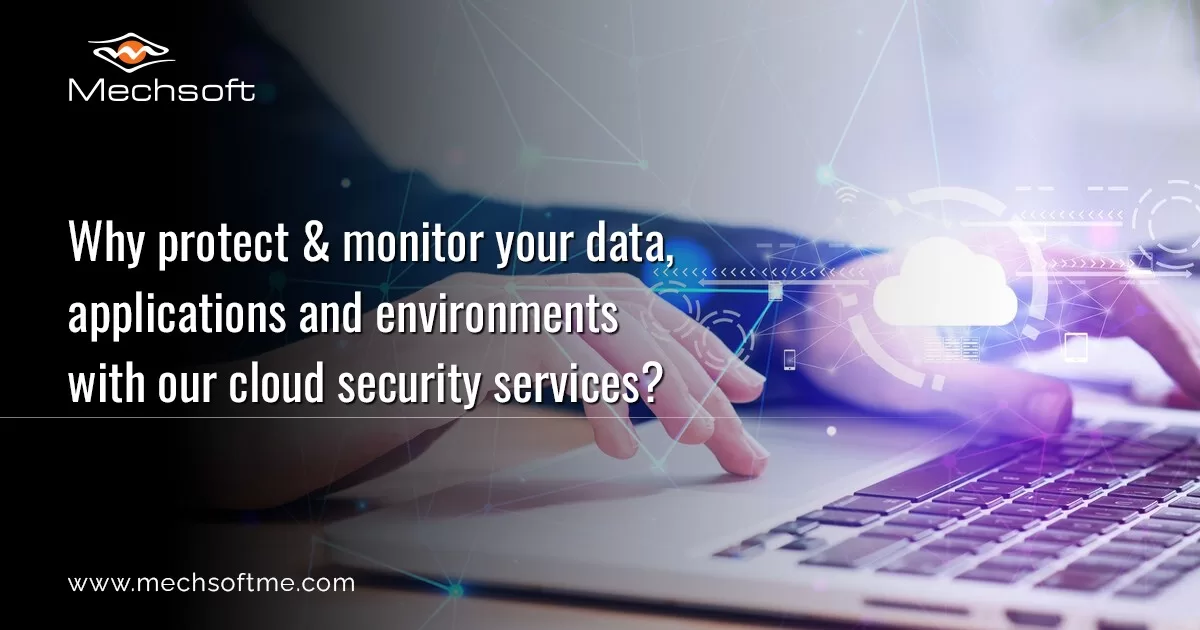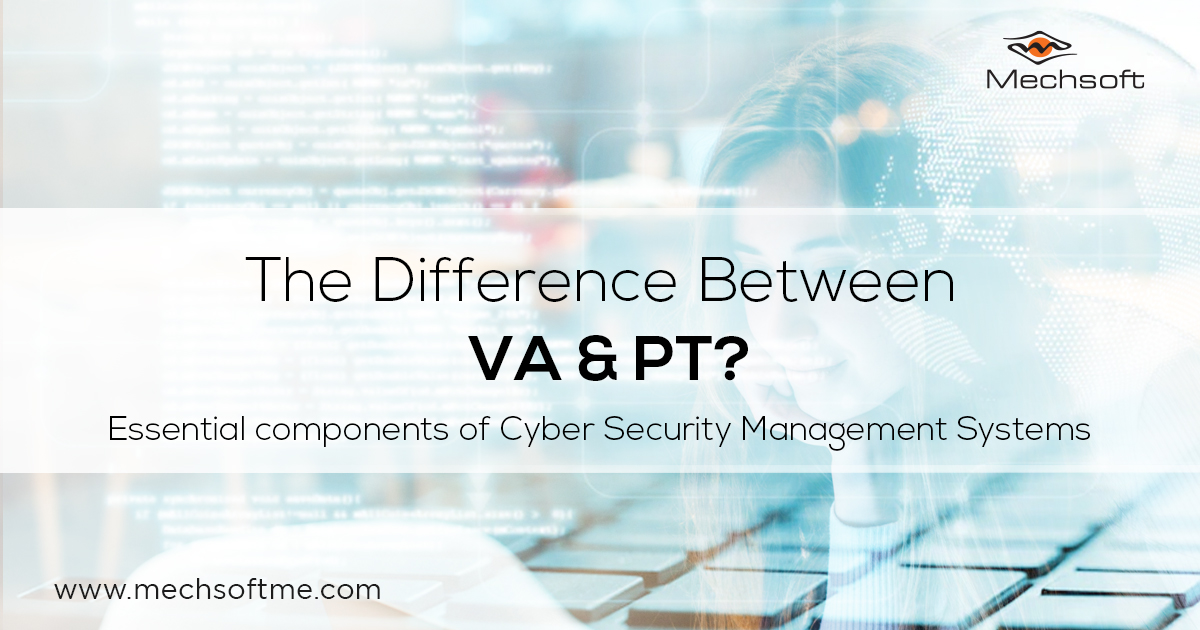Different Ways To Assess Zero Trust Security Posture!
The convenience of cloud has allowed workers to collaborate and access what they need from any location and on any device. While this increased flexibility has altered how we view productivity, it has also presented new cybersecurity difficulties for businesses.
Every day, IT and security teams struggle to balance the demands of the business’s operational requirements with the need to uphold a high level of security. IT administrators are under more pressure to manage complicated user access requirements systems because of an increase in cyberattacks.
One of the major concerns is giving employees access to the tools they need to execute their jobs without giving users undue privileges or encouraging harmful activity.
To combat the threat, many organizations have resorted to strategies like depending on antivirus software, device management, single sign-on, and multi-factor authentication. But do these measures translate to Zero Trust- the security paradigm which supports a “Never Trust, Always Verify” strategy for all people and devices to better fight against cyberattacks? Though most of us have a basic understanding of zero trust, getting there is a difficult road, continuously changing. So, to assist businesses, we have broken down the ways to identify ‘What Is & What Is Not Zero Trust‘.
What Is Zero Trust?
The idea behind zero trust is that no user or application should ever be trusted by default when protecting businesses in the cloud and mobile environment. Least-privileged access, a fundamental tenet of zero trust, states that trust should be created depending on context (e.g., user identity and location), with policy checks at each stage.

Identifying Zero-Trust Security Postures
With the ever-rising cyberattacks, IT leaders must implement unique approaches to managing user access and privileges. But, not every organization successfully recognizes the zero trust security posture. So, here are some keys to consider.
#Key 1 – Not Every Device with Antivirus Is Free of Threats
Malware is among the numerous ways a threat actor might infiltrate your network. To avoid detection, assaults frequently employ more complex strategies such as the installation of spyware into infrastructure via internet-facing remote access systems such as remote desktop protocol (RDP) or virtual private network (VPN) (VPN). They can also exploit weaknesses in operating systems or programs to acquire greater endpoint access.
#Key 2 – Not Every Well-Managed Device Can Be Trusted
To safeguard their endpoints, enterprises frequently rely on device management. The premise is that if you control your workers’ endpoints, you can ensure their security. However, this is insufficient. While device management technologies may deploy updates to operating systems and apps, they do not provide real-time visibility into endpoint risk levels. Zero Trust works only when you are constantly aware of an endpoint and can judge its access.
#Key 3 – Not Every Legitimate Endpoint Is Reliable
Even if you’ve determined that a device or endpoint is authentic, that doesn’t imply it’s not a threat to your company. Internal users, whether deliberate or inadvertent, might pose threats. In addition to nefarious insider risks, we may easily mistakenly share material with unauthorized people.
#Key 4 – Not Everyone With A Correct ID Password Is A User
Using social engineering techniques, an attacker can also compromise an endpoint or an account. There are currently several routes via which phishing attacks can be sent to an endpoint, including SMS and third-party messaging, email, social networking platforms, etc. With simple access to workplace platforms like Microsoft Office 365, Slack, and SAP SuccessFactors, any of these accounts may be hijacked.
This is where an integrated solution to monitor user activity is required. Security teams can understand the data a user tries to access using integrated DLP and user and entity behavior analytics (UEBA).
Conclusion!
Users can only be effective when they can access the tools they need to do their tasks. When access to vital resources is properly controlled, businesses are at their most secure. To ensure that your sensitive data is kept secure without impeding the productivity of your work-from-anywhere users, we have combined endpoint security with Secure Access Service Edge (SASE) technology.
Mechsoft Technologies, a leading security service provider, can ensure to deploy intelligent Zero Trust that leverages telemetry from endpoints, users, apps, networks and data. How do we do it? Book your free consultation with us today to know more about how we piece together every part of your Zero Trust journey.



